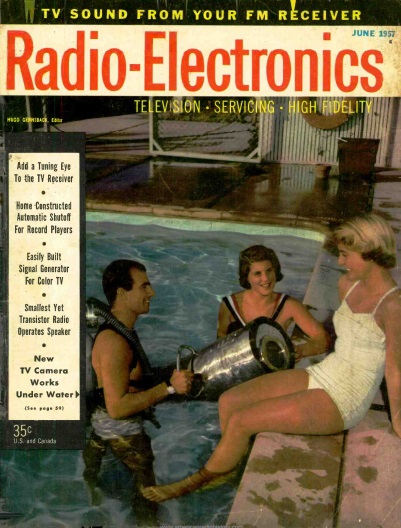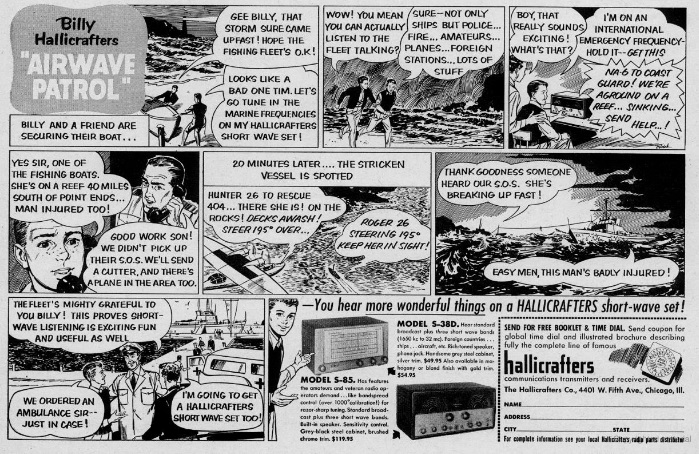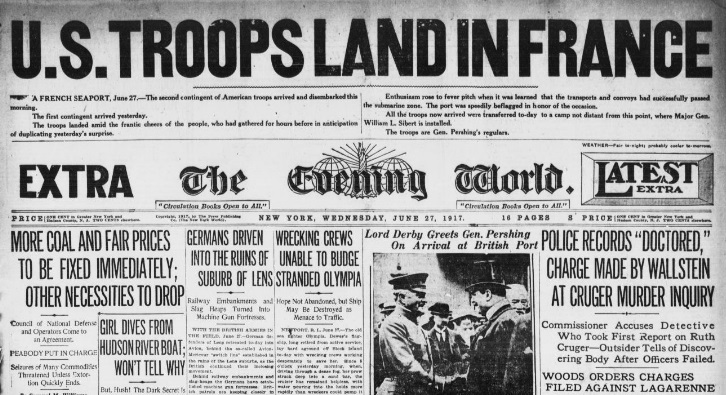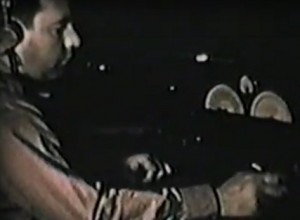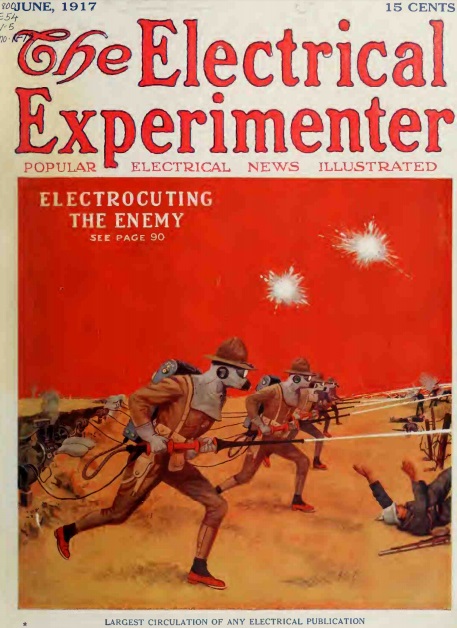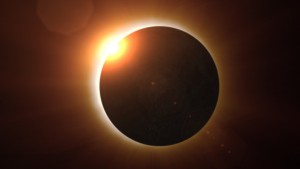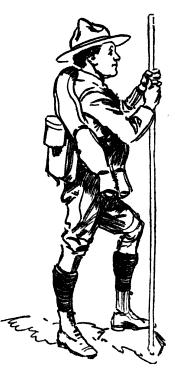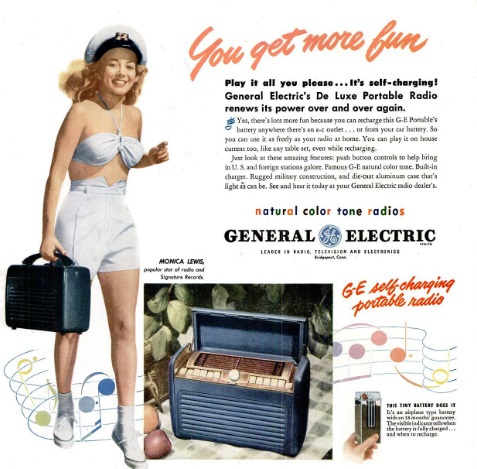
Update: As of August 4, inexpensive rooms were still available in:
- Kennewick, Washington
- Ogden, Utah
- Rapid City, South Dakota
- Topeka, Kansas
- Omaha, Nebraska
None of these cities is within the path of totality, but these are probably the closest hotels with rooms available. Traffic is expected to be very heavy, and you will need to leave your hotel very early Monday morning, or even Sunday night, to reach the path of totality. For more information on anticipated driving conditions, please see my eclipse gridlock page. To make reservations, click on the individual links below.
For hotels in the eastern United States, see this link.
At this time, camping is probably a better option for most of the western United States. Many campgrounds are available in all areas, many at reasonable prices, and you can make reservations to guarantee yourself a safe spot to stay and view the eclipse. For a list of camping locations, see this link. If you are new to camping, I have a page with tips for beginning campers and suggestions on the most inexpensive way to get the equipment you will need.
 For those planning to view the eclipse on August 21, 2017, hotel rooms are filling up fast. If you plan to travel to view the eclipse and want to stay in a hotel, you need to act fast. Yesterday, I listed inexpensive hotels which still have rooms available in and very close to the eclipse area. Those rooms are still available in many cities, extending from Lincoln, NE, to Charleston, SC. You can see a sampling of available hotels at this link. I have more information about the eclipse, including where to order your eclipse glasses at this link.
For those planning to view the eclipse on August 21, 2017, hotel rooms are filling up fast. If you plan to travel to view the eclipse and want to stay in a hotel, you need to act fast. Yesterday, I listed inexpensive hotels which still have rooms available in and very close to the eclipse area. Those rooms are still available in many cities, extending from Lincoln, NE, to Charleston, SC. You can see a sampling of available hotels at this link. I have more information about the eclipse, including where to order your eclipse glasses at this link.
If you live in the eastern half of the United States, you are probably within a day’s driving distance to view the eclipse, and nearby hotel rooms are still available. However, this is no longer the case if you live in the western half of the United States. There might be one or two reasonably priced hotel rooms left, but I can’t find them. West of Lincoln, Nebraska, it is no longer able to make a hotel reservation within the eclipse area, unless you want to spend hundreds of dollars per night.
Fortunately, however, you do still have some options. There are still a few hotels within a few hours drive of the eclipse. You can drive close to your final destination to a reasonably priced hotel, and then get up early on Monday morning and drive to where the eclipse will be visible. None of the hotels listed on this page will allow you to view the eclipse from the hotel. But for those in the western U.S., the cities listed below are among your last options to stay in a hotel to view the eclipse. These are suggestions for bases for your eclipse voyage as it passes through Oregon, Idaho, Wyoming, and western Nebraska. All of these cities are relatively close to the path of totality, and have good road access for the final leg of your journey on the morning of August 21.
The hotels on this page are outside the total eclipse, some of them significantly so. Travel times to view the eclipse from these hotels might be significantly greater than normal on the morning of August 21. This is particularly true on north-south interstate highways such as Interstate 5 and Interstate 15. If you plan to stay at any of these hotels on Sunday night, you will need to leave for your final viewing position very early, probably in the middle of the night Sunday night. For traffic predictions, please visit my “Planning for Eclipse Gridlock” page.
For all of the cities listed below, I have a link to one hotel that still has rooms available. Most are $100 per night or less. In most cases, additional hotels are available. By clicking on the link, you can view other hotels in the area.
Portland, OR/Vancouver WA
Hotel rooms are no longer available in Portland, OR, or Vancouver, WA. Late cancellations might be possible (some eclipse chasers booked hotels in two cities). The hotel shown below was the last hotel in Portland with inexpensive rooms available. You can click on this link and check availability for August 20. If any rooms are available in any area hotel, they will be displayed.
Note that Portland is more than 30 miles from totality. You will need to drive south the morning of August 21. Traffic on Interstate 5 is projected to be extremely heavy, since visitors from Portland and Seattle will pour into the area. The normally short drive may take many hours. You will need to leave Portland very early the morning of August 21.


Value Motel
Umatilia, OR
Umatilia is also north of the path of the eclipse, but provides relatively easy interstate access. You can take Interstate 84 137 miles to Baker City, OR, or continue on to Lime, OR, which is right on the center line for maximum viewing. You can also head south on US 395 through the Umatilia National Forest to Mt. Vernon, OR.
Update August 4: Hotel rooms in Umatilia are now completely booked. Rooms are still available in Kennewick, Washington, which is a 162 mile drive on Interstates 82 and 84 to Baker City. As of July 9, rooms were still available at this hotel for about $64 per night:


Super 8 Kennewick
Ogden, UT
There don’t seem to be any hotel rooms available in the state of Idaho anywhere close to the eclipse path. The best option for viewing from Idaho seems to be Ogden, Utah, which is about 170 miles south of the eclipse. From Ogden, you can take Interstate 15 to Idaho Falls, ID, which is close to the center line. Note that traffic on I-15 is expected to be extremely heavy, because this will be the closest route to the eclipse for much of the southwestern United States. You should plan to leave Ogden very early. Plan ahead and prepare, since it might be necessary to leave Ogden on Sunday and drive all night.
As of June 20, rooms were available in this hotel for about $55 a night:


Motel 6 Ogden, 21st Street
Buffalo, WY
Hotel rooms are no longer available in Buffalo, WY. Late cancellations might be possible (some eclipse chasers booked hotels in two cities). The hotel shown below was the last hotel in Buffalo with inexpensive rooms available. You can click on this link and check availability for August 20. If any rooms are available in any area hotel, they will be displayed. Buffalo is about 113 miles from the path of totality. You will need to leave Buffalo early the morning of August 21.


Lake Stop Resort – Caravan Park
Rapid City, SD
All hotels in western Nebraska seem to be completely booked. But if you stay in Rapid City, it’s a 156 mile drive south on US 385 to Alliance, NE, which is right on the center of the eclipse’s path. As of June 20, rooms were available in this hotel for about $76 a night:


Motel 6 Rapid City
Topeka, KS
From Topeka, you can drive north about a hundred miles on US 75 to the path of totality. There might be heavy traffic on US 75, due to this area being the closest route for most of Texas and Oklahoma. Other north-south highways are available, so bring a map and be prepared to use alternate routes. Rooms are also available in nearby Manhattan, KS, and Junction City, KS. The following Topeka hotel has rooms available for under $40:


Motel 6 Topeka Northwest
Omaha, NE
If you need a hotel to stay overnight for the eclipse, Omaha is probably one of the very best choices for cities with available hotel rooms. Omaha is about 50 miles away from the path of totality. The advantage of Omaha is that the traffic into the eclipse area, even though heavy, will probably not be nearly as bad as other areas. This is because Interstate 80 runs east-west through the zone of totality, and there are few population centers with this highway as their main route to the eclipse.
If you are traveling by air to view the eclipse, Omaha is probably one of the best choices. Fly to Omaha on or before Sunday, rent a car, and you will be able to drive to the eclipse Monday morning.
From Omaha, drive west 53 miles on Interstate 80 to Lincoln. For best viewing, you can continue on Interstate 80 to Grand Island, or head south on US 77 to Beatrice. Another option from Omaha is to drive south on Interstate 29 toward St. Joseph, MO. While there will probably be heavy traffic northbound on I-29 from Kansas City and points further south, there will probably be less southbound traffic. As of June 20, rooms were available in this hotel for about $50 a night:


Travel Inn Omaha (Use coupon code TRAVEL8).
(Use coupon code TRAVEL8).

